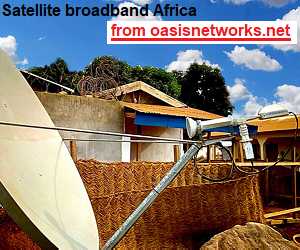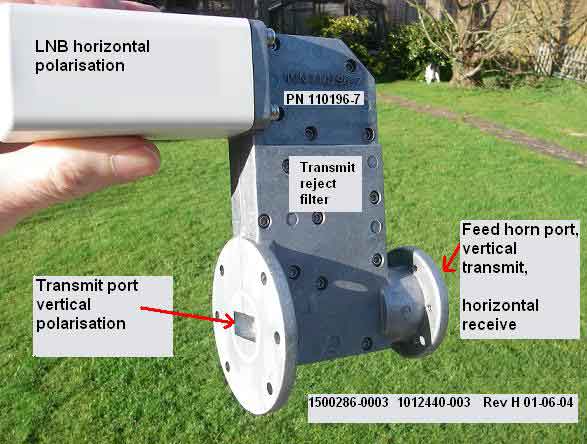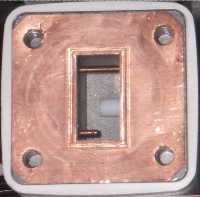| Home Login Register |
| Satellite Internet forum › HughesNet and Hughes HX VSATs › The pin in the LNB |
|
Pages: 1
|
The pin in the LNB(Read 10282 times) |
|
JonnyRotten
Member
★★ Offline Posts: 24 |
Aug 21st, 2008 at 1:02pm
|
| Back to top |
IP Logged
|
|
USN - Retired
YaBB Moderator
★★★★★ Offline Posts: 837 Kentucky (USA) |
Reply #1 - Aug 21st, 2008 at 2:02pm
|
| Back to top |
USN (Ret)
IP Logged
|
|
JonnyRotten
Member
★★ Offline Posts: 24 |
Reply #2 - Aug 21st, 2008 at 2:11pm
|
| Back to top |
IP Logged
|
|
USN - Retired
YaBB Moderator
★★★★★ Offline Posts: 837 Kentucky (USA) |
Reply #3 - Aug 21st, 2008 at 3:04pm
|
| Back to top |
« Last Edit: Aug 21st, 2008 at 5:29pm by USN - Retired »
USN (Ret)
IP Logged
|
|
Admin1
YaBB Admin
★★★★★ Offline Posts: 1215 |
Reply #4 - Aug 21st, 2008 at 4:31pm
|
| Back to top |
« Last Edit: Aug 21st, 2008 at 6:21pm by Admin1 »
IP Logged
|
|
USN - Retired
YaBB Moderator
★★★★★ Offline Posts: 837 Kentucky (USA) |
Reply #5 - Aug 21st, 2008 at 5:32pm
|
| Back to top |
« Last Edit: Feb 20th, 2015 at 4:43pm by Admin1 »
USN (Ret)
IP Logged
|
|
JonnyRotten
Member
★★ Offline Posts: 24 |
Reply #6 - Aug 22nd, 2008 at 7:24am
|
| Back to top |
IP Logged
|
|
Admin1
YaBB Admin
★★★★★ Offline Posts: 1215 |
Reply #7 - Sep 2nd, 2008 at 10:40am
|
| Back to top |
IP Logged
|
|
Eric Johnston
Senior Member
★★★ Offline Posts: 2109 |
Reply #8 - Sep 3rd, 2008 at 2:47pm
|
| Back to top |
« Last Edit: Sep 4th, 2008 at 1:50pm by Eric Johnston »
IP Logged
|
|
Pages: 1
|
Email me: eric@satsig.net
Powered by YaBB 2.5.2!
YaBB Forum Software © 2000-. All Rights Reserved.
Disclaimer, Terms of Use and Privacy Forum User Agreement Forum rules Cookie policy.






